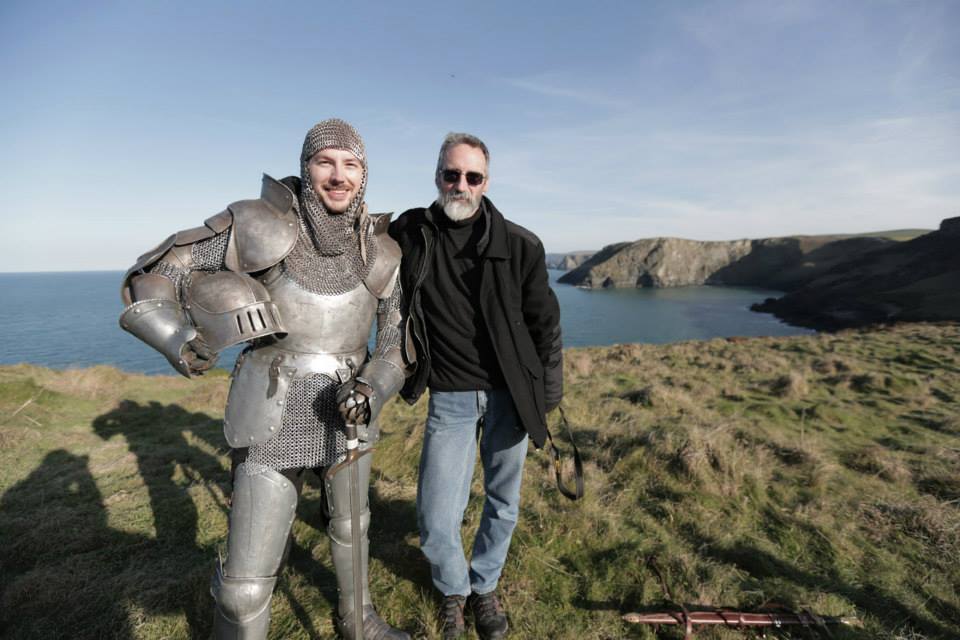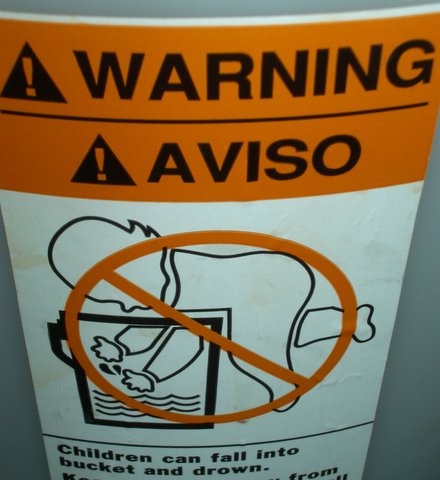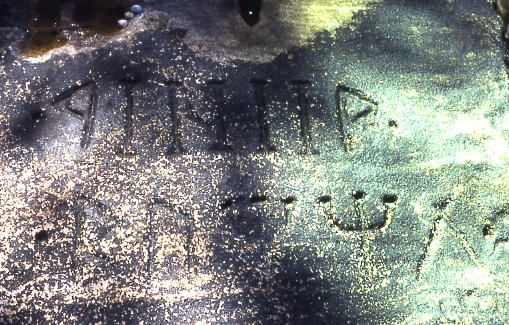|
History Of The Lord Of The Rings
''The History of The Lord of the Rings'' is a four-volume work by Christopher Tolkien published between 1988 and 1992 that documents his father's process of constructing ''The Lord of the Rings''. The ''History'' is also numbered as volumes six to nine of ''The History of Middle-earth'' ("HoME"). Contents The volumes are: # (HoME 6) ''The Return of the Shadow'' (1988) # (HoME 7) ''The Treason of Isengard'' (1989) # (HoME 8) ''The War of the Ring'' (1990) # (HoME 9) ''Sauron Defeated'' (1992) The first volume of ''The History'' encompasses three early phases of composition, including what Tolkien later called "the crucial chapter" which sets up the central plot, "The Shadow of the Past".''The Lord of the Rings'', 2nd edition, "Foreword". It finishes at the point where the Company of the Ring enter the Mines of Moria. The second volume continues to the meeting with Théoden king of Rohan, and includes the invention and evolution of Lothlórien and Galadriel; plans for Fro ... [...More Info...] [...Related Items...] OR: [Wikipedia] [Google] [Baidu] |
John Howe (illustrator)
John Howe (born August 21, 1957) is a Canadian book illustrator and concept designer, best-known for his artwork of J. R. R. Tolkien's Middle-earth. Biography Early life John Howe was born in Vancouver, British Columbia. He was drawing from pre-school age, with his mother's help. Around primary school age he found his mother's ability no longer living up to his expectations, and even got frustrated once at both his mother and himself at not being able to draw a cow to his expectations. Howe's school years were complicated by moves which took place with a timing that left the art classes full, and left him in classes like power mechanics. He did find his ability as a draughtsman to be profitable in biology class though, where he and a friend would produce renderings of microscopic organisms for classmates at fifty cents each. As a child, he collected the covers of paperbacks. His collection included items from Frank Frazetta, Barry Windsor-Smith, Barry Smith, and Bernie Wrigh ... [...More Info...] [...Related Items...] OR: [Wikipedia] [Google] [Baidu] |
Frodo Baggins
Frodo Baggins ( Westron: ''Maura Labingi'') is a fictional character in J. R. R. Tolkien's writings and one of the protagonists in ''The Lord of the Rings''. Frodo is a hobbit of the Shire who inherits the One Ring from his cousin Bilbo Baggins, described familiarly as "uncle", and undertakes the quest to destroy it in the fires of Mount Doom in Mordor. He is mentioned in Tolkien's posthumously published works, '' The Silmarillion'' and '' Unfinished Tales''. Frodo is repeatedly wounded during the quest and becomes increasingly burdened by the Ring as it nears Mordor. He changes, too, growing in understanding and compassion, and avoiding violence. On his return to the Shire, he is unable to settle back into ordinary life; two years after the Ring's destruction, he is allowed to take ship to the earthly paradise of Valinor. Frodo's name comes from the Old English name '' Fróda'', meaning "wise by experience". Commentators have written that he combines courage, selflessn ... [...More Info...] [...Related Items...] OR: [Wikipedia] [Google] [Baidu] |
Akallabêth
''The Silmarillion'' () is a book consisting of a collection of myths and stories in varying styles by the English writer J. R. R. Tolkien. It was edited, partly written, and published posthumously by his son Christopher in 1977, assisted by Guy Gavriel Kay, who became a fantasy author. It tells of Eä, a fictional universe that includes the Blessed Realm of Valinor, the ill-fated region of Beleriand, the island of Númenor, and the continent of Middle-earth, where Tolkien's most popular works—''The Hobbit'' and ''The Lord of the Rings''—are set. After the success of ''The Hobbit'', Tolkien's publisher, Stanley Unwin, requested a sequel, and Tolkien offered a draft of the writings that would later become ''The Silmarillion''. Unwin rejected this proposal, calling the draft obscure and "too Celtic", so Tolkien began working on a new story that eventually became ''The Lord of the Rings''. ''The Silmarillion'' has five parts. The first, '' Ainulindalë'', tells in mythic sty ... [...More Info...] [...Related Items...] OR: [Wikipedia] [Google] [Baidu] |
Drowning Of Anadûnê
Drowning is a type of suffocation induced by the submersion of the mouth and nose in a liquid. Submersion injury refers to both drowning and near-miss incidents. Most instances of fatal drowning occur alone or in situations where others present are either unaware of the victim's situation or unable to offer assistance. After successful resuscitation, drowning victims may experience breathing problems, confusion, or unconsciousness. Occasionally, victims may not begin experiencing these symptoms until several hours after they are rescued. An incident of drowning can also cause further complications for victims due to low body temperature, aspiration, or acute respiratory distress syndrome (respiratory failure from lung inflammation). Drowning is more likely to happen when spending extended periods of time near large bodies of water. Risk factors for drowning include alcohol use, drug use, epilepsy, minimal swim training or a complete lack of training, and, in the case of childr ... [...More Info...] [...Related Items...] OR: [Wikipedia] [Google] [Baidu] |
Númenor
Númenor, also called Elenna-nórë or Westernesse, is a fictional place in J. R. R. Tolkien's writings. It was the kingdom occupying a large island to the west of Middle-earth, the main setting of Tolkien's writings, and was the greatest civilization of Men. However, after centuries of prosperity, many of its inhabitants ceased to worship the One God, Eru Ilúvatar, and they rebelled against the Valar. They invaded Valinor in an erroneous search for immortality, resulting in the destruction of the island and the death of most of its people. Tolkien intended Númenor to allude to the legendary Atlantis. Commentators have noted that the destruction of Númenor echoes the Biblical stories of the fall of man and the destruction of Sodom and Gomorrah, and John Milton's ''Paradise Lost''. The tale forms part of the theme of decline and fall in Middle-earth that runs throughout Tolkien's legendarium, ancient Númenor representing a now-mythical age of greatness. Scholars, and Tolkie ... [...More Info...] [...Related Items...] OR: [Wikipedia] [Google] [Baidu] |
Time In J
Time is the continuous progression of existence that occurs in an apparently irreversible succession from the past, through the present, and into the future. It is a component quantity of various measurements used to sequence events, to compare the duration of events (or the intervals between them), and to quantify rates of change of quantities in material reality or in the conscious experience. Time is often referred to as a fourth dimension, along with three spatial dimensions. Time is one of the seven fundamental physical quantities in both the International System of Units (SI) and International System of Quantities. The SI base unit of time is the second, which is defined by measuring the electronic transition frequency of caesium atoms. General relativity is the primary framework for understanding how spacetime works. Through advances in both theoretical and experimental investigations of spacetime, it has been shown that time can be distorted and dilated, particularl ... [...More Info...] [...Related Items...] OR: [Wikipedia] [Google] [Baidu] |
The Notion Club Papers
''The Notion Club Papers'' is an abandoned novel by J. R. R. Tolkien, written in 1945 and published posthumously in ''Sauron Defeated'', the 9th volume of ''The History of Middle-earth''. It is a time travel story, written while ''The Lord of the Rings'' was being developed. The Notion Club is a fictionalization of Tolkien's own such club, the Inklings. Tolkien's mechanism for the exploration of time is through lucid dreams. These allow club members to experience events as far back as the destruction of the Atlantis-like island of Númenor, as narrated in '' The Silmarillion''. The unfinished text of ''The Notion Club Papers'' runs for some 120 pages in ''Sauron Defeated'', accompanied by 40 pages of Christopher Tolkien's commentary and notes, with examples of the pages hand-written by his father. Context J. R. R. Tolkien was a scholar of English literature, a philologist and a medievalist interested in language and poetry from the Middle Ages, especially that of Anglo-Sa ... [...More Info...] [...Related Items...] OR: [Wikipedia] [Google] [Baidu] |
Black Gate (Middle-earth)
In J. R. R. Tolkien's fictional continent of Middle-earth, Mordor (; from Sindarin ''Black Land'' and Quenya ''Land of Shadow'') is a dark realm. It lay to the east of Gondor and the great river Anduin, and to the south of Mirkwood. Mount Doom, a volcano in Mordor, was the goal of the Fellowship of the Ring in the quest to destroy the One Ring. Mordor was surrounded by three mountain ranges, to the north, the west, and the south. These both protected the land from invasion and kept those living in Mordor from escaping. Commentators have noted that Mordor was influenced by Tolkien's own experiences in the industrial Black Country of the English Midlands, and by his time fighting in the trenches of the Western Front in the First World War. Tolkien was also familiar with the account of the monster Grendel's unearthly landscapes in the Old English poem ''Beowulf''. Others have observed that Tolkien depicts Mordor as specifically evil, and as a vision of industrial environmental ... [...More Info...] [...Related Items...] OR: [Wikipedia] [Google] [Baidu] |
Cirth
The Cirth (, meaning "runes"; sg. certh ) is a semi‑artificial script, based on real‑life runic alphabets, one of Tolkien's scripts, several scripts invented by J. R. R. Tolkien for the constructed languages he devised and used in his works. ''Cirth'' is written with a capital letter when referring to the writing system; the letters themselves can be called ''cirth''. In the fictional history of Middle-earth, the original ''Certhas'' was created by the Sindar (or Grey Elves) for their language, Sindarin. Its extension and elaboration was known as the ''Angerthas Daeron'', as it was attributed to the Sinda Daeron, despite the fact that it was most probably arranged by the Noldor in order to represent the sounds of other languages like Quenya and Telerin. Although it was later largely replaced by the Tengwar, the Cirth was nonetheless adopted by the Dwarf (Middle-earth), Dwarves to write down both their Khuzdul language (''Angerthas Moria'') and the languages of Man (Middle ... [...More Info...] [...Related Items...] OR: [Wikipedia] [Google] [Baidu] |
Third Age
In J. R. R. Tolkien's legendarium, the history of Arda, also called the history of Middle-earth, began when the Ainur entered Arda, following the creation events in the Ainulindalë and long ages of labour throughout Eä, the fictional universe. Time from that point was measured using Valian Years, though the subsequent history of Arda was divided into three time periods using different years, known as the Years of the Lamps, the Years of the Trees, and the Years of the Sun. A separate, overlapping chronology divides the history into 'Ages of the Children of Ilúvatar'. The first such Age began with the Awakening of the Elves during the Years of the Trees and continued for the first six centuries of the Years of the Sun. All the subsequent Ages took place during the Years of the Sun. Most Middle-earth stories take place in the first three Ages of the Children of Ilúvatar. Major themes of the history are the divine creation of the world, followed by the splintering of t ... [...More Info...] [...Related Items...] OR: [Wikipedia] [Google] [Baidu] |
Middle-earth
Middle-earth is the Setting (narrative), setting of much of the English writer J. R. R. Tolkien's fantasy. The term is equivalent to the ''Midgard, Miðgarðr'' of Norse mythology and ''Middangeard'' in Old English works, including ''Beowulf''. Middle-earth is the oecumene (i.e. the human-inhabited world, or the central continent of Earth) in Tolkien's imagined mythopoeia, mythological past. Tolkien's most widely read works, ''The Hobbit'' and ''The Lord of the Rings'', are set entirely in Middle-earth. "Middle-earth" has also become Metonym, a short-hand term for Tolkien's legendarium, his large body of fantasy writings, and for the entirety of his fictional world. Middle-earth is the main continent of Cosmology of Tolkien's legendarium#Spherical-earth cosmology, Earth (Arda) in an imaginary period of the past, ending with Tolkien's Third Age, about 6,000 years ago. Tolkien's tales of Middle-earth mostly focus on the north-west of the continent. This region is suggestive of Eu ... [...More Info...] [...Related Items...] OR: [Wikipedia] [Google] [Baidu] |
Tolkien's Maps
J. R. R. Tolkien's maps, depicting his fictional Middle-earth and other places in Tolkien's legendarium, his legendarium, helped him with plot development, guided the reader through his often complex stories, and contributed to the Impression of depth in The Lord of the Rings, impression of depth and worldbuilding in his writings. Tolkien stated that he began with maps and developed his plots from them, but that he also wanted his maps to be picturesque. Later fantasy writers also often include maps in their novels. The publisher Allen & Unwin commissioned Pauline Baynes to paint a map of Middle-earth, based on Tolkien's draft maps and his annotations; it became iconic. A later redrafting of the maps by the publisher HarperCollins however made the maps look blandly professional, losing the hand-drawn feeling of Tolkien's maps. Maps ''The Hobbit'' ''The Hobbit'' contains two simple maps and only around 50 placenames. In the view of the Tolkien critic Tom Shippey, the m ... [...More Info...] [...Related Items...] OR: [Wikipedia] [Google] [Baidu] |





